1. Tapeworms Were a Weight Loss Tool
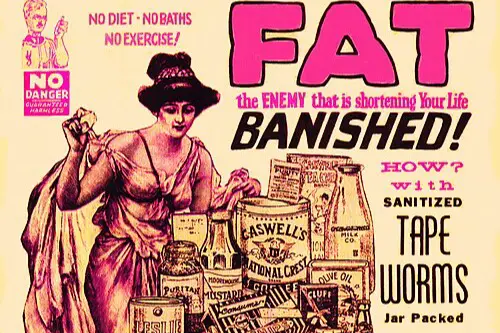
In the early 1900s, some Americans swallowed tapeworm eggs on purpose to lose weight. The idea was that the parasite would eat your food for you, helping you slim down without dieting. Tapeworm diet pills were even sold in beauty magazines. It was dangerous, disgusting, and disturbingly popular.
Today, this sounds like a horror movie plot. Tapeworm infections can cause seizures, organ damage, and even death. But back then, the pursuit of thinness trumped common sense. Thankfully, this “diet” has been buried for good.
2. Smoking Was Good for You
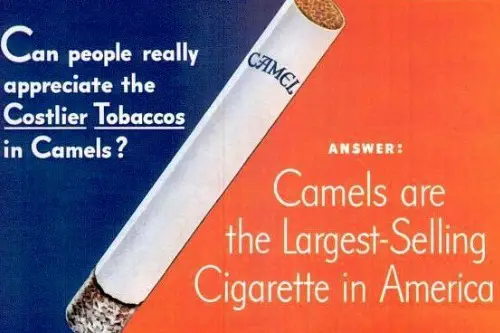
In the early 20th century, doctors actually recommended cigarettes for stress relief and digestion. Ads featured physicians in lab coats endorsing brands like Camel and Lucky Strike. Smoking was seen as sophisticated, calming, and even healthy. It wasn’t until the 1960s that the Surgeon General officially linked it to cancer.
Today, that idea sounds completely unhinged. We now know smoking is one of the leading causes of preventable death. But for decades, lighting up was considered part of a healthy lifestyle. It’s a chilling reminder of how marketing can override science.
3. Cocaine Was a Cure-All
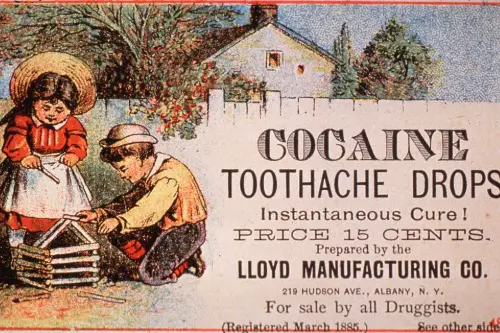
In the late 1800s and early 1900s, cocaine was marketed as a miracle drug. It was used to treat toothaches, fatigue, and even depression. You could buy it over the counter, and it was an ingredient in the original Coca-Cola formula. Sigmund Freud himself was a fan.
Now, of course, we know better. Cocaine is a highly addictive stimulant with serious health risks. But at the time, it was seen as modern medicine. It’s a wild chapter in pharmaceutical history.
4. Cracking Your Knuckles Causes Arthritis
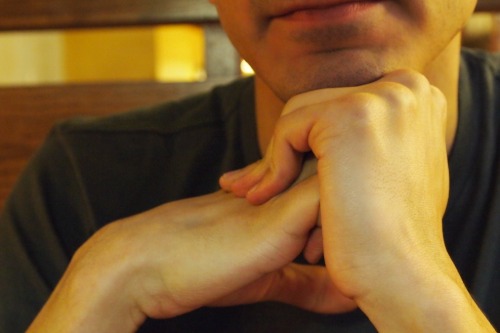
For decades, parents and teachers warned that cracking your knuckles would lead to arthritis. The logic seemed sound: popping joints must wear them down, right? It became one of the most widespread health myths in America. But science has never backed it up.
Studies have shown no link between knuckle cracking and arthritis. The sound comes from gas bubbles in the joint fluid—not bone damage. It might annoy people around you, but it won’t wreck your hands. Still, the myth persists in some circles.
5. “Detox” Teas Cleanse Your Body
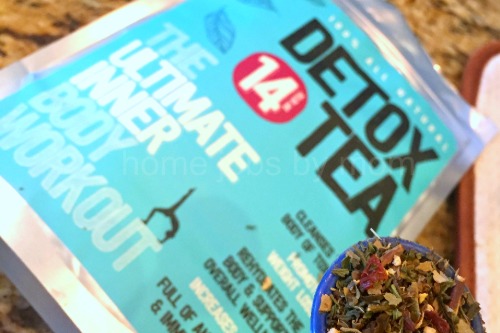
The idea that you need to “detox” your body with special teas or juice cleanses exploded in the 2000s. Celebrities and influencers swore by them, claiming they flushed out toxins and jump-started weight loss. But the science never supported it. Your liver and kidneys already do the detoxing for you.
Most detox products are glorified laxatives or diuretics. They can cause dehydration, electrolyte imbalances, and digestive issues. Yet they were marketed as wellness essentials. It’s a classic case of pseudoscience in a pretty package.
6. Sunbathing Was Healthy

Before sunscreen became mainstream, Americans believed sun exposure was good for you. Tanning was seen as a sign of vitality, and “sun therapy” was prescribed for everything from acne to tuberculosis. People slathered on baby oil instead of SPF. The goal was to get as bronzed as possible.
Now we know that UV exposure is the leading cause of skin cancer. Dermatologists urge daily sunscreen use, even on cloudy days. But for decades, a deep tan was the ultimate health flex. And the damage from that era is still showing up today.
7. Margarine Was Healthier Than Butter
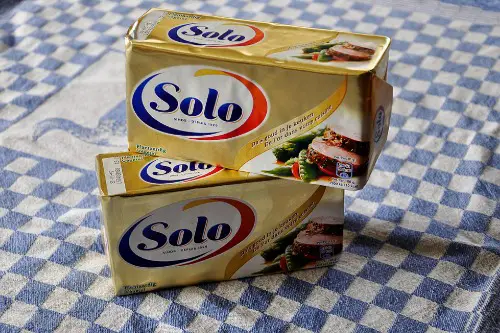
In the 1980s and ’90s, margarine was marketed as the heart-healthy alternative to butter. It was low in saturated fat and often labeled “cholesterol-free.” But many brands were loaded with trans fats—now known to be worse for heart health than butter ever was. Americans spread it on everything, thinking they were making a smart choice.
Eventually, the science caught up. Trans fats were linked to heart disease, and many were banned by the FDA. Now, butter is back in moderation, and margarine has been reformulated or abandoned. It’s a reminder that “healthier” isn’t always healthier.
8. You Had to Drink 8 Glasses of Water a Day

The “8×8 rule”—eight 8-ounce glasses of water a day—became gospel in the late 20th century. It was printed in magazines, taught in schools, and repeated by doctors. But it turns out there’s no scientific basis for that exact number. Hydration needs vary widely by person, activity, and climate.
Today, experts say to drink when you’re thirsty and let your body guide you. Overhydration can even be dangerous in extreme cases. Yet the 8-glass rule still lingers in wellness culture. It’s one of those myths that just won’t die.
9. Sugar Makes Kids Hyper

Parents everywhere believed that sugar turned kids into wild animals. Birthday cake? Cue the chaos. Halloween candy? Prepare for mayhem. But multiple studies have shown no consistent link between sugar intake and hyperactivity in children.
The belief likely stems from confirmation bias—parents expect sugar to cause hyperactivity, so they notice it more. In reality, excitement, environment, and expectations play a bigger role. Still, the myth lives on in parenting circles. And kids aren’t complaining.
This post 9 Things Americans Used to Believe About Health That Sounds Totally Unhinged Now was first published on American Charm.


